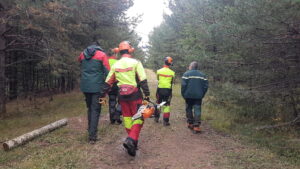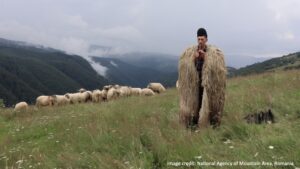Abstract/Description
Accurately delineating mountain areas is essential for assessing environmental change, conservation planning, and developing global biodiversity strategies. Understanding the extent of mountains in UNESCO Biosphere Reserves (BRs) is therefore critical to leverage this intergovernmental tool to support biodiversity conversation and sustainable use. Yet, defining mountain BRs adds two extra layers of complexity. First, the choice of scientific base matters since the area covered in mountains vary by about 60% according to the dataset used. Second a definition of mountain BRs must account for the intricate interactions between ecological dynamics, cultural heritage, and socio-economic systems that shape these sites. The present analysis was developed to assess the extent of BRs within the World Network of Biosphere Reserves (WNBR) identified and categorized as “mountains” based on available mountain classifications, expressed in percent mountain area. Analyzing the 759 BRs in the network (as of January 2025), we find that the number of BRs having mountain areas varies significantly depending on the dataset used. Depending on the definition applied, BRs with at least 0.1% mountain area range from 357 to 567. The percentage of mountain area per BR typically shifts depending on whether specific landscapes—such as plateaus or coastal regions—are included or excluded. Despite these definitional differences, from 60% to 90% of BRs in the subnetwork of mountain BRs (WNMBR) maintain over 50% mountain coverage, though a few exhibit minimal mountain presence (<0.1%). Assessing the advantages and limitations of different mountain classification systems, the second version of the Global Mountain Biodiversity Assessment (GMBA) dataset appears as a globally consistent, hierarchical framework that could support WNMBR’s identification and expansion efforts. These findings open the possibility to provide insights for the WNMBR to (1) Identify the appropriate scale for monitoring mountain biodiversity and reporting conservation outcomes; (2) Select “mountain” definitions aligned with specific policy, advocacy, and knowledge-sharing objectives; (3) Enhance knowledge exchange by refining regional classifications based on shared ecological and cultural characteristics. By advancing a clearer framework for mountain BRs, this study contributes to improving global environmental assessments and fostering collaboration among mountain conservation initiatives.


